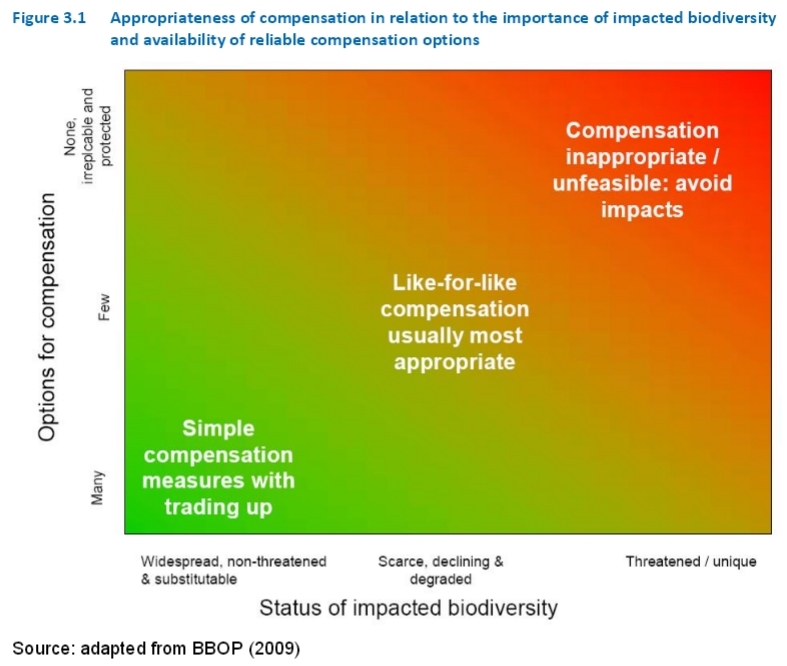 The European Commission has commissioned a study on specific design elements of biodiversity offsets: Biodiversity metrics and mechanisms for securing long term conservation benefits. The report and has been prepared by Matt Rayment, Rupert Haines, David McNeil, Mavourneen Conway, Graham Tucker and Evelyn Underwood (at ICF Consulting Services).
The European Commission has commissioned a study on specific design elements of biodiversity offsets: Biodiversity metrics and mechanisms for securing long term conservation benefits. The report and has been prepared by Matt Rayment, Rupert Haines, David McNeil, Mavourneen Conway, Graham Tucker and Evelyn Underwood (at ICF Consulting Services).
Abstract
Biodiversity offsets have been identified as an essential component of an EU No Net Loss initiative. Offsets will contribute to achieving the EU’s strategy to halt the loss of biodiversity by 2020, providing they are carefully designed to achieve measurable and sufficient conservation benefits and to maintain these in the long term. This study researches the requirements and options of specific design elements of biodiversity offsets, with a view to implementing and operationalising the EU No Net Loss initiative by 2015. It reviews international best practice of designing offset metrics and establishing mechanisms for ensuring long term conservation benefits and explores the implementation issues that could be faced in the EU. It is clear that different offset metrics and different combinations of mechanisms will be appropriate in different EU countries and in different situations and locations. As such an EU offset policy should allow for a balance to be struck between systems that are suitably prescriptive to establish common minimum standards for maintenance of long-term benefits, and systems that are realistic and achievable and can be maintained over time.
